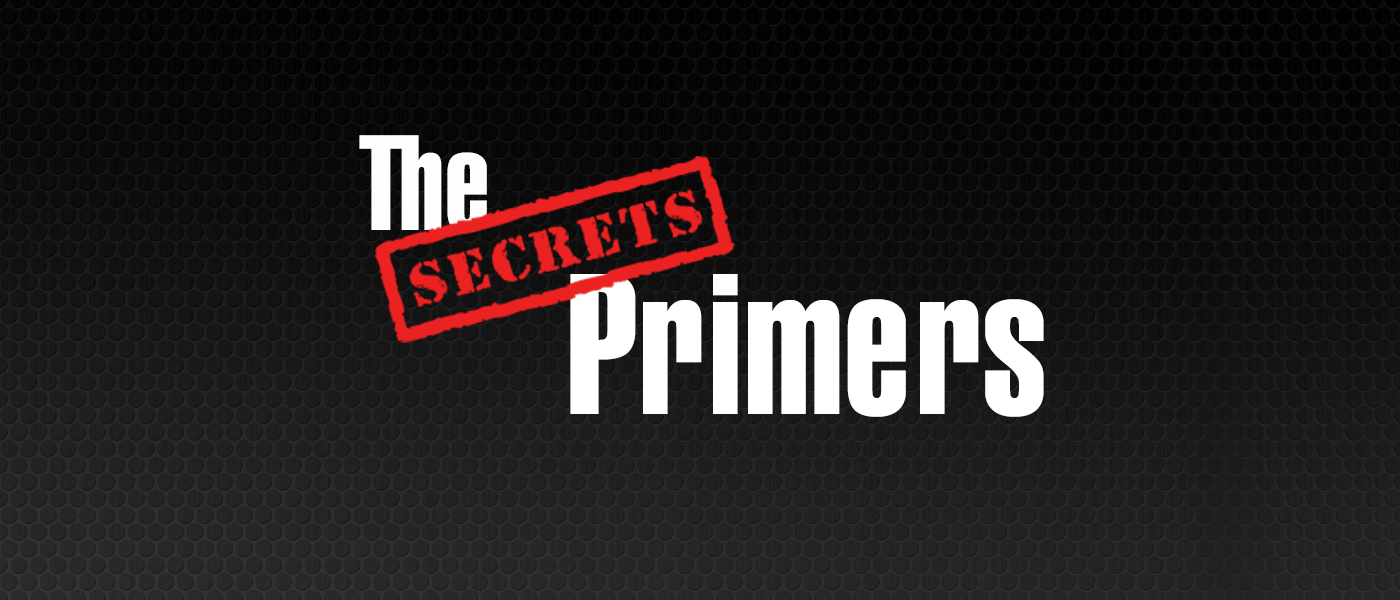So, as the disc spins along, 44.1 thousand samples, each represented by a series of 16 “1” or “0” bits, are collected each for the left and right stereo channels. These samples are then sent to a Digital to Analog Converter (DAC). The job of the DAC is to connect the samples together end to end in order to produce a smooth representation of the musical waveform, sort of like connecting the dots to make a picture in the coloring books we used as children. However, instead of connecting the dots (samples) with straight lines, the DAC uses sophisticated algorithms (mathematical equations) to fit the samples into a curved waveform that is more representative of the way the music truly sounds. Early digital music sounded rather harsh, in part because the DAC had a hard time making accurate guesses about the curve of the waveform in between the samples. (The CDs themselves were not all that great either.) Modern CD players have corrected much of this problem, and CDs have improved as well.


